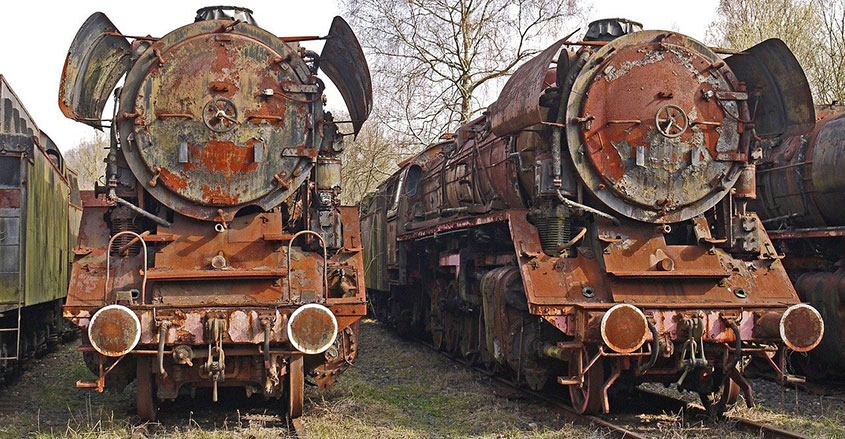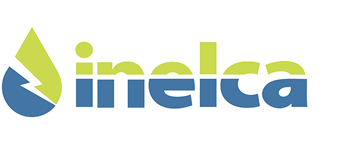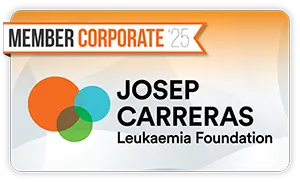Types of corrosion

Corrosion is defined as the deterioration of a material when interacting with its environment, the metal loses or decreases its physical and / or chemical properties. The corrosion process is accelerated by factors such as oxygen, humidity, temperature, chemicals and the change in the physical-chemical composition of the material.
Through the galvanizing process, a layer of zinc that acts as a sacrificial metal is deposited on the surface of the steel.
The different types of corrosion that occur in a steel treated with a coating of Zn and its alloys are presented below:
- White corrosion or Zinc oxide: Zn + O2 à ZnO
Zinc is a very durable coating that acts as a sacrificial protection of steel, as it corrodes more slowly. White corrosion is a substance of that colour that can form on zinc when exposed to oxidizing environment. Optimum storage conditions are vital so that their properties are not affected.
- Red corrosion or Iron corrosion: Fe + O2 à FeO
When the base metal is in contact with oxygen it oxidizes easily. This phenomenon causes iron to lose its properties and become fragile and brittle. That is why it is necessary to protect it by coatings.


